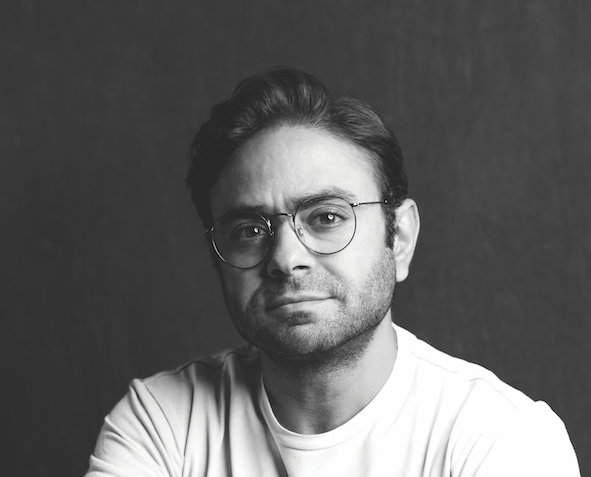
TThere’s a lot of debate in the industry about the role of generative AI. Will it take over our jobs or open up new opportunities? Is it just a tool or a creative partner?
Should we embrace it or resist it? With so many different opinions swirling around, it’s important to take a step back and understand where this uncertainty is coming from.
Generative AI didn’t appear overnight. It has been quietly transforming the way we work for years.
In fact, Adobe has been leveraging AI and machine learning across most of its Creative Suite tools for some time now, with features like Adobe Sensei enhancing creative workflows by automating repetitive tasks and suggesting design elements.
Similarly, the games industry has been using generative AI to create vast, complex worlds for years, with games like No Man’s Sky utilising procedural generation to dynamically create planets, ecosystems and entire landscapes.
While generative AI has been a part of the creative industries for many years, the uncertainty we face today stems from the technology becoming so accessible that it is now classified independently as AI.
This shift has expanded its presence and potential impact, sparking debate about its role and future influence.
Maintaining balance
As we explore the future of AI in creativity, it’s essential to strike a balance: Generative AI is not destined to transform our world into a utopia or dystopia. Rather, it is a powerful force that can have a profound impact on our industry, depending on how we use it.
The key is our responsibility to use this technology for good: using AI thoughtfully and ethically can harness its potential to increase creativity and efficiency without losing the human touch that makes our work unique.
Learn more about using generative AI
Generative AI will redefine the creative process in two key areas: creative efficiency and creative excellence.
Creative Efficiency: AI helps you work faster, more accurately, and at scale. Large-scale language models ensure your copy is error-free. Imagine never misspelling “definitely” again.
AI allows you to create highly personalized content quickly and optimize your work to better meet the needs of your clients and audience.
Creative Excellence: AI opens up new avenues of creativity, analysing vast amounts of data to find trends and insights that inspire innovative ideas.
AI tools can generate first drafts, suggest improvements, and even create complex designs and artwork that would take too long for humans alone.
The collaboration between human creativity and AI capabilities will result in extraordinary creative outcomes.
Our creative teams are at the forefront of breaking new ground like this, and one of the best case studies is Leo Burnett Germany’s “Climate of Realism.”
The team brought to life climate futures through the eyes of famous painters: an AI pipeline was trained on the style of painters like Van Gogh, and current climate change data was fed into the system to show viewers how those landscapes have changed beyond recognition, and what they may look like in the future.
What makes this campaign stand out is how the team used AI to create a new and unique perspective on climate change.
We have become so accustomed to seeing futuristic images showing the potential fate of our planet that we have become somewhat immune to their effects.
By showing the same tragic results through the lens of a vivid re-enactment of an iconic painting, the campaign shocks us in a different way.
The AI-generated images show the gradual deterioration of these famous landscapes, making the looming climate crisis all the more personal and painful.
This innovative approach draws our attention to this issue in a novel and effective way.
Another notable example is Nestlé La Lechera’s campaign “Taste the AI”, created by Publicis Colombia: To celebrate its 100th anniversary in Colombia, La Lechera created a never-before-seen recipe with a unique combination of ingredients.
The campaign showcased 10 iconic recipes from the past decade, incorporating historical facts, iconic flavours, artistic trends and condensed milk.
With the help of historians, the most relevant data from each era was processed and fed into Midjourney to generate 10 unique images to inspire the recipes.
These desserts have since been recreated and exhibited at the Bogotá Museum of Modern Art, giving visitors a true taste of history through innovative culinary creations.
Generative AI is already being integrated into our industry in various ways, demonstrating its potential to enhance creativity rather than hinder it.
Responsible and creative adoption of AI will unlock new opportunities and ensure the technology acts as a partner in creative endeavors rather than a threat.
Ahmed Younis, chief creative officer at Publicis Communications

